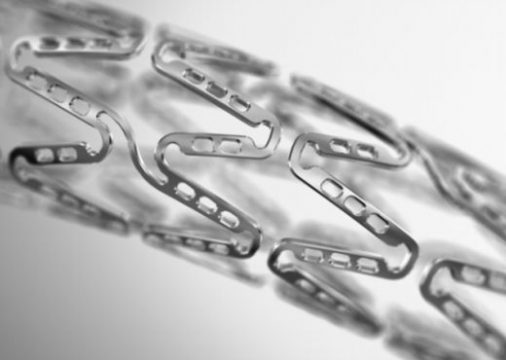The use of drug-coated balloons (DCB) offers the advantage of avoiding permanent stent implants, thus reducing the incidence of in-stent restenosis (ISR), neoatherosclerosis, and late in-stent thrombosis. Additionally, the use of DCB reduces the duration of dual antiplatelet therapy.

Current evidence supports the use of DCB for ISR treatment (Class I) compared with drug-eluting stents (DES), and there is also evidence in favor of its application in small vessel disease (SVD). The most studied DCBs are paclitaxel-coated balloons (PCB), and there is no data on sirolimus-coated balloons (SCB).
The aim of this prospective, randomized, multicenter non-inferiority study was to compare quantitative coronary angiography at 6 months in the treatment of SVD with PCB versus SCB. The primary endpoint (PEP) was minimal lumen diameter (MLD) within the DCB-treated area.
Researchers analyzed a total of 109 patients with 117 treated lesions, with 61 lesions randomized to SCB and 56 lesions to PCB. The mean age was 70 years in the SCB group and 67 years in the PCB group. Most patients were men. The most frequently treated arteries were the diagonal branch (23%) and the marginal branch (23%).
Regarding the results, the mean MLD was 0.25 ± 0.40 mm with SCB versus 0.48 ± 0.37 mm with PCB, failing to meet the non-inferiority criterion (P non-inferiority = 0.173). The restenosis rate was 32.8% for the SCB group and 12.5% for the PCB group (odds ratio [OR]: 3.41; 95% confidence interval [CI]: 1.36-9.44; P = 0.012).
Conclusion
This randomized study has demonstrated that SCB does not achieve non-inferiority compared with PCB in angiographic outcomes at 6 months. Long-term studies with a larger number of patients are needed to increase statistical power and determine the efficacy of SCB compared with PCB in de novo lesions.

Dr. Andrés Rodríguez.
Member of the Editorial Board of SOLACI.org.
Original Title: A Prospective Randomized Trial Comparing Sirolimus-Coated Balloon With Paclitaxel-Coated Balloon in De Novo Small Vessels.
Reference: Kai Ninomiya, MD et al J Am Coll Cardiol Intv 2023.
Subscribe to our weekly newsletter
Get the latest scientific articles on interventional cardiology





